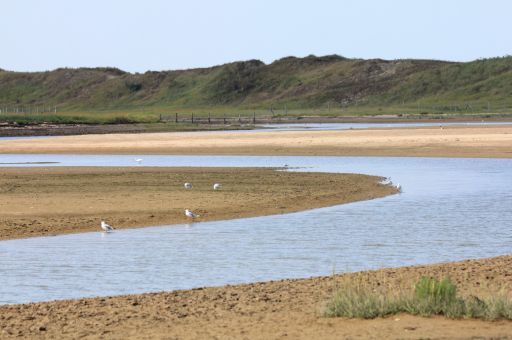The whole of the archipelago is in a pre-alert situation
Water reserves in the Balearic Islands stood at 53% in April, a figure that shows a drop of 2% compared to the previous month, although the benefit of the latest rains in the archipelago has not yet been reflected in the aquifers. Compared to last year, reserves are 9 percentage points lower, reflecting a need for continued monitoring.
TDB keeps you informed. Follow us on Facebook, Twitter and Instagram
Water reserves in the Balearic Islands stand at 53% in April
During April, most of the Demand Units (DU) recorded decreases, except Formentera, which experienced an increase in its reserves. By islands, Mallorca suffered a reduction from 57% to 55%, Menorca from 54% to 52% and Eivissa from 39% to 37%.
All the UDs, including Menorca, Artà, Manacor-Felanitx, Migjorn, es Pla, Palma-Alcúdia, Tramuntana Nord, Tramuntana Sud, Eivissa and Formentera, are in a pre-alert scenario.
In terms of rainfall, April was a significantly wet month on the islands, with an average of 43.0 litres per square metre (l/m²), exceeding the historical average of 39.9 l/m².
Precipitation by island showed interesting variations: Mallorca recorded a lower amount than the historical average, with 37.4 l/m² compared to 42.6 l/m²; in contrast, Menorca experienced a wetter month with 48.9 l/m², compared to 34.8 l/m² of its historical average. Eivissa and Formentera, on the other hand, had very wet months with 72.5 l/m² and 51.6 l/m² respectively, far exceeding their historical averages of 31.4 l/m² and 21.0 l/m².
The year-on-year analysis of rainfall shows that the Balearics reached 84% of the expected average, with Mallorca reaching 85%, Menorca at 84%, and the Pitiüses (Eivissa and Formentera) at 72%.
April was also a very warm month in the Balearic Islands, with an average temperature of 15.3°C, representing an anomaly of 0.8°C above normal. With 100% of the territory in a pre-alert situation and no changes in the scenario expected in the short term, it is crucial to maintain prudent and proactive management of water resources to adapt to these climatic variations and ensure long-term sustainability.
